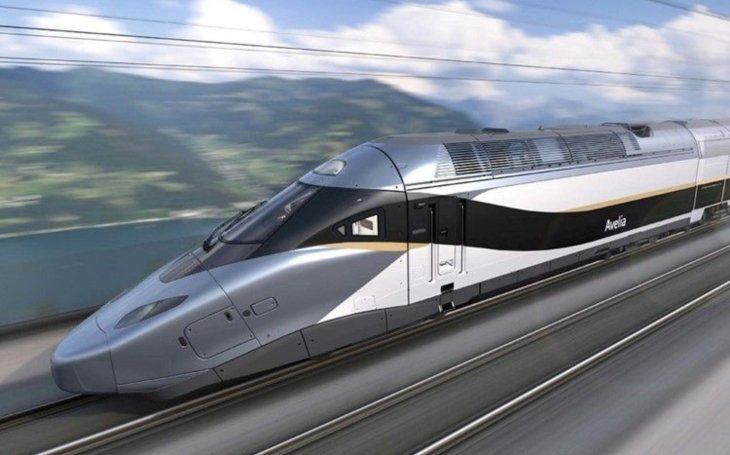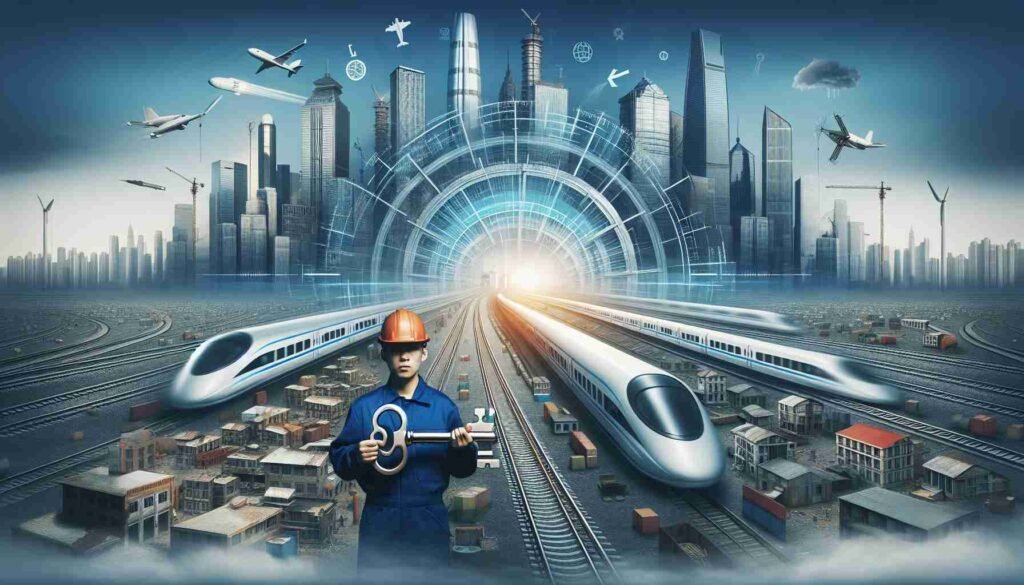High-speed rail (HSR) represents a groundbreaking advancement in transportation technology, redefining how we travel both within and between cities. By dramatically reducing travel times and providing an eco-friendly alternative to cars and planes, HSR is reshaping modern mobility. This blog delves into how high-speed rail is transforming travel, its benefits, and the future of this innovative mode of transportation.
The Rise of High-Speed Rail
A Brief History
High-speed rail emerged in Japan with the launch of the Shinkansen in 1964, which set the standard for speed and efficiency in rail travel. Following Japan’s pioneering efforts, Europe and China developed their own high-speed rail systems, leading to a global expansion of HSR networks. Today, high-speed rail is a prominent feature of modern transportation in many countries.
Technological Advances
HSR systems use advanced technology to achieve speeds exceeding 155 mph (250 km/h). Key technological components include:
- Dedicated Tracks: HSR trains operate on specially designed tracks that support high speeds and reduce friction.
- Advanced Train Design: Aerodynamic designs and lightweight materials enhance speed and efficiency.
- Sophisticated Signaling Systems: Modern signaling systems ensure safety and coordination, allowing trains to travel at high speeds.
Benefits of High-Speed Rail
Enhanced Travel Efficiency
High-speed rail offers unparalleled efficiency in travel. For instance, the journey between Paris and London, which takes about two hours on the Eurostar, would be significantly longer by car or conventional train. This efficiency not only saves time but also enhances productivity for both business and leisure travelers.
Environmental Advantages

High-speed rail is a more sustainable option compared to cars and airplanes. Trains produce fewer carbon emissions per passenger mile and can be powered by renewable energy sources. This eco-friendly aspect is crucial in addressing global climate change and promoting sustainable transportation practices.
Economic Growth
HSR boosts economic development by improving regional connectivity. Cities connected by high-speed rail see increased economic activity, as businesses and tourists benefit from easier access. Additionally, the development of HSR infrastructure stimulates investment and growth in less accessible regions.
Challenges and Considerations
High Initial Costs
The construction of high-speed rail networks involves significant upfront investment. Building dedicated tracks, stations, and acquiring specialized trains requires substantial funding. However, the long-term benefits often outweigh these costs, particularly in high-demand areas.
Land Use and Environmental Impact
The development of high-speed rail lines can impact land use and the environment. Careful planning and environmental assessments are necessary to mitigate negative effects and ensure that the benefits of HSR outweigh the environmental costs.
Global Examples of High-Speed Rail
Japan’s Shinkansen
Japan’s Shinkansen, or “bullet train,” is a pioneer in high-speed rail. Known for its reliability, safety, and efficiency, the Shinkansen network includes several lines, such as the Tōkaidō Shinkansen, connecting Tokyo and Osaka.
France’s TGV
The TGV (Train à Grande Vitesse) revolutionized European rail travel with its introduction in 1981. The TGV network connects major cities across France and extends into neighboring countries, making it a critical component of Europe’s rail infrastructure.
China’s High-Speed Rail Network
China has developed the world’s largest high-speed rail network, featuring extensive coverage and impressive speeds. The network connects major cities and regions, significantly reducing travel times and facilitating economic integration within the country.
The Future of High-Speed Rail
Emerging Technologies
The future of high-speed rail includes advancements such as maglev (magnetic levitation) technology and hyperloop systems. These innovations promise even faster speeds and greater efficiency, potentially transforming the future of rail travel.
Expanding Networks
As demand for efficient transportation grows, more countries are investing in high-speed rail infrastructure. Future developments will likely focus on integrating HSR with other modes of transport, such as local transit systems and airports, to create seamless travel experiences.
Conclusion
High-speed rail is revolutionizing travel by offering a faster, more efficient, and environmentally friendly alternative to traditional modes of transportation. With ongoing technological advancements and expanding networks, high-speed rail is poised to play a crucial role in the future of global mobility. As more regions embrace this transformative technology, the benefits of high-speed rail will continue to enhance travel experiences, support economic growth, and contribute to a more sustainable transportation ecosystem.



